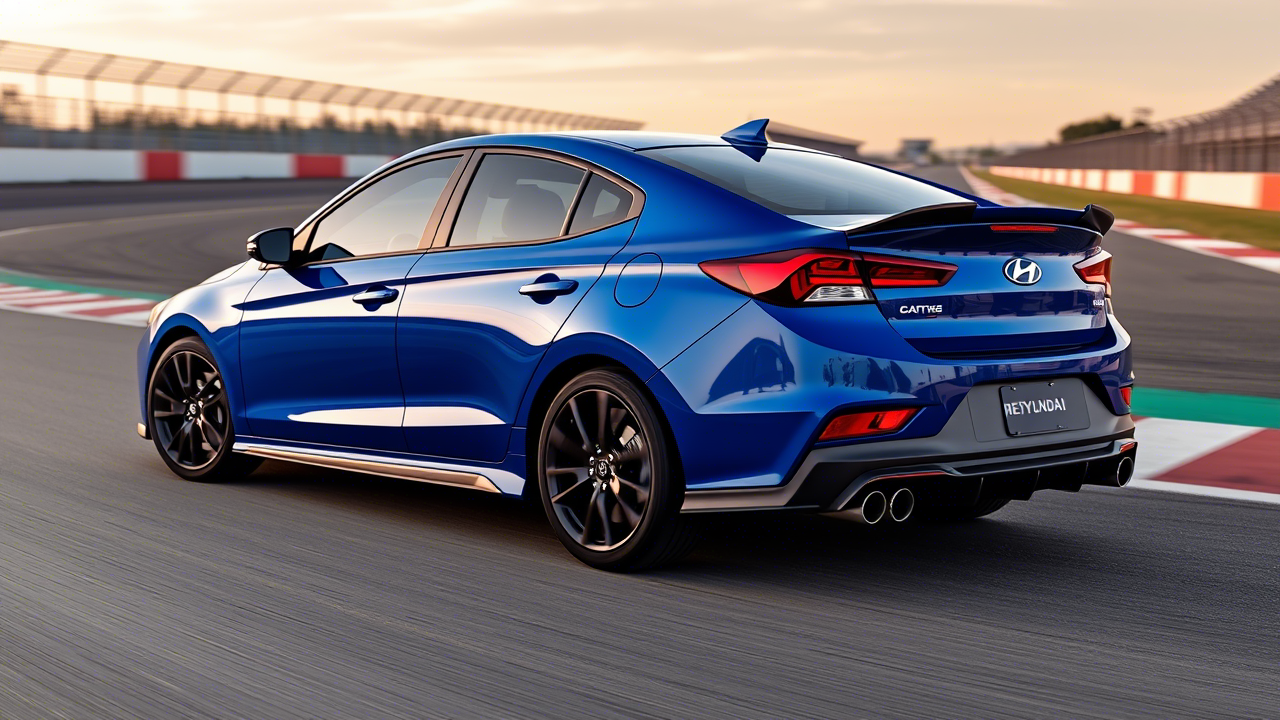The Hyundai Elantra N has gained a reputation for its exhilarating performance and affordability, but how does it hold up in terms of reliability and maintenance? A high-performance vehicle needs to be both durable and cost-effective to maintain, making reliability a key consideration for potential buyers. This guide breaks down the Elantra N’s reliability, maintenance requirements, and common issues to help you make an informed decision.
1. Hyundai Elantra N Reliability Overview
Hyundai has made significant strides in engineering reliability over the years, and the Elantra N benefits from the brand’s proven track record. With a 2.0-liter turbocharged inline-four engine and high-performance components, the Elantra N is designed to withstand spirited driving. Owners report that the vehicle remains dependable with proper maintenance, making it a strong option for both daily driving and weekend track use.
2. Routine Maintenance Costs and Schedule
To ensure optimal performance and longevity, following Hyundai’s recommended maintenance schedule is essential. Below is a breakdown of typical maintenance tasks and intervals:
- Oil Changes: Every 5,000 to 7,500 miles, using full synthetic oil.
- Brake Inspections: Every 10,000 miles, with pad replacements as needed.
- Tire Rotations: Every 5,000 to 7,500 miles to ensure even wear.
- Coolant Flush: Every 60,000 miles to maintain engine temperature regulation.
- Transmission Fluid Change: Every 30,000 to 60,000 miles, especially for dual-clutch models.
- Spark Plug Replacement: Every 60,000 miles to maintain engine efficiency.
- Air Filter Replacement: Every 15,000 to 30,000 miles.
These regular service intervals help keep the Elantra N running smoothly while minimizing costly repairs.
3. Common Issues and Reliability Concerns
While the Elantra N is built for durability, some owners have reported minor concerns that may arise with long-term use:
- Dual-Clutch Transmission (DCT) Hesitation: Some drivers experience slight hesitation or rough shifts with the 8-speed DCT. Regular fluid changes and proper driving techniques can help reduce wear.
- Brake Wear: Due to its high-performance braking system, brake pads may wear faster, especially with aggressive driving.
- Tire Longevity: The high-grip performance tires provide excellent traction but may wear out quicker than standard all-season tires.
- Turbocharger Heat Management: As with any turbocharged engine, proper cooldown procedures and high-quality engine oil can help prevent excessive heat buildup.
Overall, these concerns are manageable with proper maintenance and responsible driving habits.
4. Warranty and Long-Term Ownership Benefits
One of the standout advantages of the Elantra N is Hyundai’s industry-leading warranty, which includes:
- 10-year/100,000-mile powertrain warranty (for the original owner).
- 5-year/60,000-mile new vehicle limited warranty.
- 5-year/unlimited-mile roadside assistance.
This extensive coverage provides peace of mind and makes the Elantra N a solid investment for long-term ownership.
5. Tips for Maximizing Reliability and Longevity
To keep your Elantra N in peak condition, consider these expert maintenance tips:
- Use high-quality synthetic oil to protect the turbocharged engine.
- Allow the engine to warm up properly before aggressive driving.
- Cool down the turbo after spirited driving to prevent premature wear.
- Monitor brake and tire condition regularly if driving in high-performance settings.
- Follow Hyundai’s recommended service intervals to avoid costly repairs.
Conclusion: Is the Hyundai Elantra N a Reliable Choice?
The 2025 Hyundai Elantra N offers a great balance of performance and reliability, provided it is maintained correctly. With regular servicing, high-quality components, and Hyundai’s strong warranty, the Elantra N proves to be a dependable sports sedan that can handle both daily commutes and spirited drives.
If you’re looking for an affordable, high-performance vehicle with long-term reliability, the Hyundai Elantra N is a strong contender.



